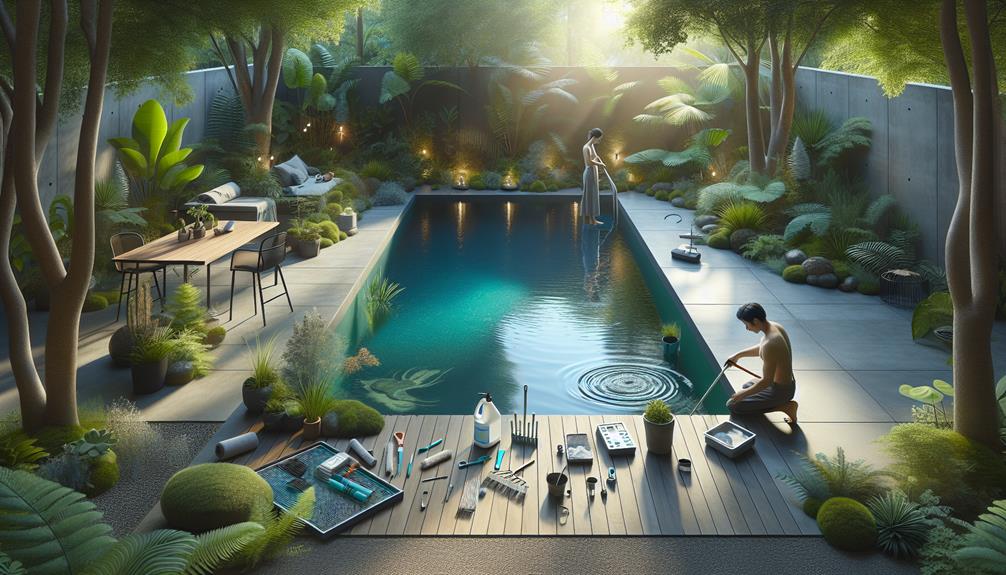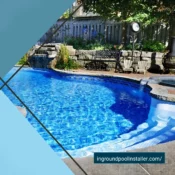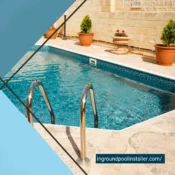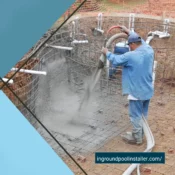Maintaining Your Concrete Pool: Tips for Long-Lasting Beauty and Functionality

Maintaining Your Concrete Pool: Tips for Long-Lasting Beauty and Functionality
The maintenance of a concrete pool is a complex endeavor that requires meticulous attention to both chemical balance and structural integrity. Regular monitoring of pH levels, alkalinity, and chlorine concentrations is crucial to prevent the corrosive effects that can compromise the pool's concrete surfaces and its overall functionality. Furthermore, the integration of efficient filtration systems and periodic resurfacing are essential to mitigate wear and sustain the pool's aesthetic appeal. As we explore the nuanced techniques and materials that can enhance the longevity and beauty of concrete pools, it becomes apparent that strategic maintenance is not just advisable but essential. Choosing a knowledgeable inground pool installer can provide valuable insights and services for maintaining your pool. What then, could be the implications of neglecting such routine care?
Essential Cleaning Techniques
Regularly vacuuming the pool floor is crucial for removing debris and preventing algae growth. As members of a community dedicated to the pristine maintenance of our concrete pools, it's essential to understand the nuances of this routine task. Utilizing an automatic or manual pool vacuum, carefully navigate the entire surface. This ensures that all foreign particles, which can disrupt the pool's chemical balance and aesthetic, are effectively eradicated.
Furthermore, skimming the water's surface daily aids in the removal of leaves, bugs, and other floating debris before they sink and decompose, which can lead to more complex cleaning challenges. Integrating this practice into your maintenance schedule helps in maintaining a crystal-clear appearance and enhances the overall pool environment, fostering a sense of pride and belonging among pool owners.
Chemical balance is another cornerstone of pool cleanliness. Regular testing and adjustment of pH, chlorine, and alkalinity levels are imperative. Optimal chemical balance not only preserves the pool's structural integrity but also ensures safety for all users.
Repairing Common Damage
Addressing common damage in concrete pools, such as cracks and surface degradation, requires a methodical approach to ensure long-term durability and functionality. It is imperative to first assess the extent of damage.
Small, hairline cracks can typically be remedied using a high-quality, flexible sealant that allows for expansion and contraction, preventing future breaches. For larger cracks or areas where the concrete has begun to deteriorate significantly, a more intensive intervention may be necessary.
In such cases, the damaged section should be chipped away and thoroughly cleaned before applying a bonding agent. This step ensures that the new concrete adheres properly to the existing pool structure. Subsequently, a mixture of sand, cement, and water, specifically designed for pool repair, should be applied. It is crucial to achieve a consistency that allows for easy application yet retains the capacity to fill all voids and adhere smoothly without creating air pockets.
After the repair material has been set, it should be cured appropriately, a process that may vary depending on climate conditions and the specific products used. Curing is vital as it helps the repair blend with the structural integrity and aesthetic of the pool, thereby restoring both its functionality and its welcoming appearance.
In conclusion, diligent maintenance of a concrete pool serves as the keystone in the arch of its longevity and aesthetic appeal. Regular cleaning and meticulous chemical management act as vigilant sentinels against the encroachment of algae and debris. Timely repairs with superior materials fortify the structure against the erosive forces of nature.
Thus, adherence to these practices ensures that the pool remains a pristine oasis, reflecting the meticulous care invested in its upkeep. Partnering with a professional inground pool installer can also provide expert guidance and services to maintain the pool's optimal condition.
All Categories
- Concrete
- Concrete
- Concrete pools
- Construction
- Custom Features and Add-ons
- Design
- Design
- Design
- Design & Construction
- Design and Planning
- Features & Customization
- Infinity edge
- inground pool
- inground pool builder
- inground pool installer
- Installation
- Installation Process
- Legal & Administrative
- Materials
- planning and design
- Pool Aesthetics and Customization
- Pool Design
- Pool Equipment
- Pool Features
- Pool Features
- Pool Installation Process
- Pool Materials
- Pool Materials
- Pool Types
- Project Planning
- Renovation
- Resurfacing
- top sights
- Types of Inground Pools
- Types of Inground Pools
- Types of Inground Pools
- Types of Inground Pools
- Water Treatment



